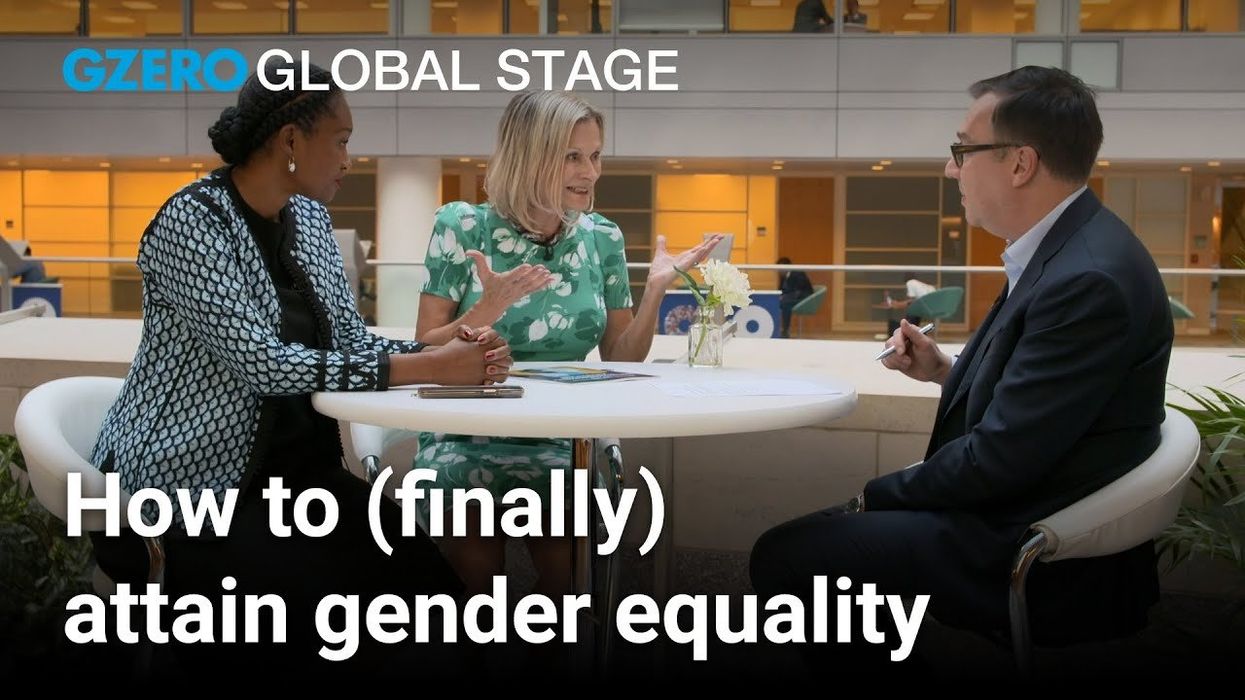Global Stage Interviews
Can we achieve gender equality by 2030?
This week World Bank announced a bold initiative to bridge the gender divide by creating more economic opportunity, broadening female leadership, and reducing gender-based violence in the next 5 years as 2030 approaches.
Oct 25, 2024

